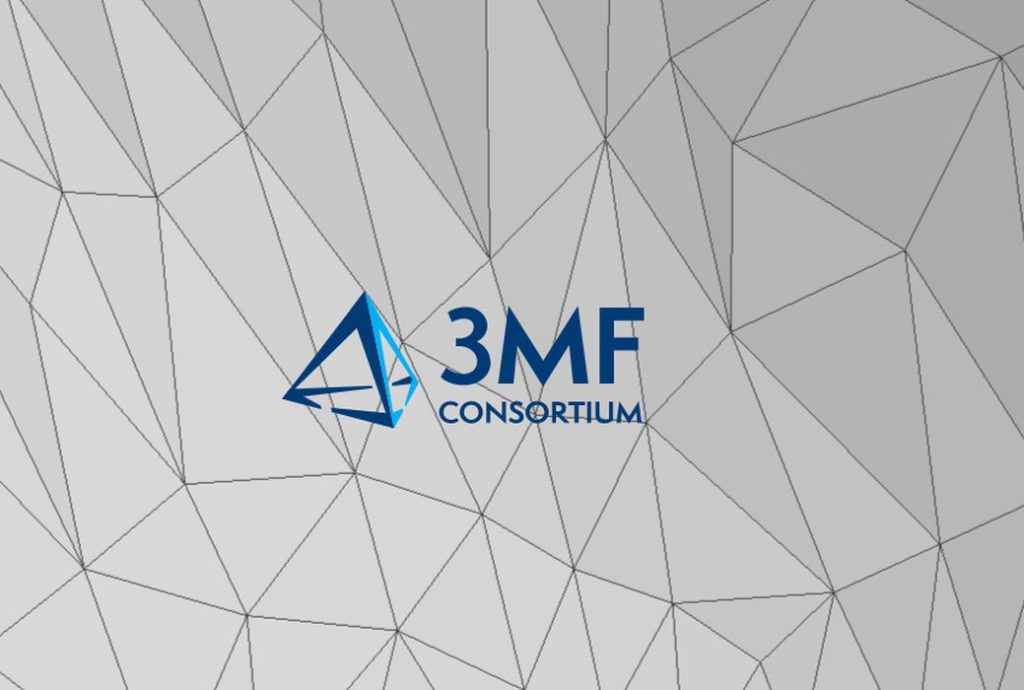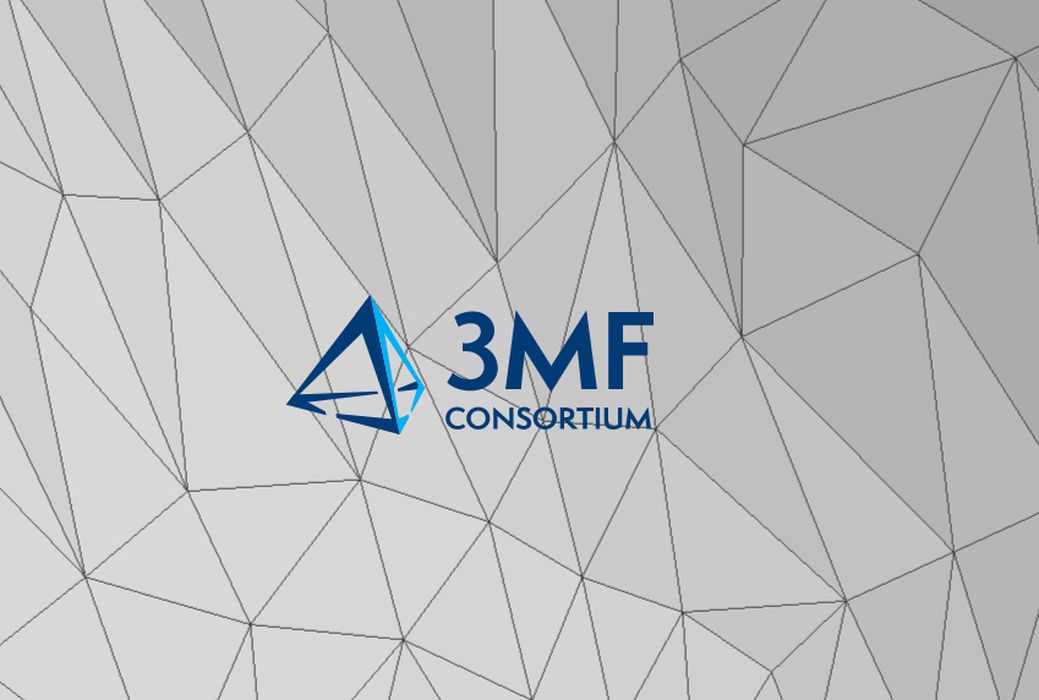
The 3MF Consortium announced a new extension they call “Volumetric”.
The 3MF Consortium is a group of industry players jointly developing and supporting a new standard for defining 3D models, 3MF. You have likely encountered 3MF file format in some of your 3D software tools, as it is being increasingly adopted by the industry. It is far, far superior to the ancient and inconsistent STL format, which was invented decades ago for equipment that did not have today’s capabilities.
I was quite excited to see the headline that 3MF was including “volumetric”, as that term has been used to describe a new and very powerful form of 3D printing. Volumetric 3D printing involves a kind of reverse CT scanning process in which an object “materializes” in a vat of resin in only minutes. There are no commercial products yet available on the market using this process, but it’s expected some will begin appearing next year.
It appeared to me for a moment that 3MF would include some way to support this new process.
Oh wait, that’s not it at all.
The 3MF Consortium’s “Volumetric” extension is a very different thing, indeed.
The 3MF Consortium’s Volumetric Design Extension is a new feature in the 3MF standard that allows designers to specify aspects of the 3D model in volume form. Normally a 3D object is described with structures fitting to the skin of the object, such as a quad or triangular mesh, or perhaps even curves as is done with the NURBS approach.
The Volumetric Design Extension allows the designer to provide a mathematical description of the whole volume. The consortium explains:
“Volumetric Design provides an efficient approach to encode geometrical shapes and spatial properties that are based on a volume-based description. Whereas traditional and explicit modelling uses boundaries (e.g. NURBS, triangular meshes) to describe surfaces or bodies, volumetric modeling relies on a mathematical, field-based description of the whole volume of the object. The advantage of volumetric modeling is that it illustrates for the designer or manufacturer when properties of an object vary in space – such as with color and transparency gradients, objects inside other objects, color or material-distribution and composition of an object variation. With the 3MF Volumetric Extension, all of this can be communicated from the designer to various software applications and finally to the 3D printer.”
This approach isn’t often found in software tools today, but a few companies use this highly efficient approach, such as nTopology. This allows designers using the tool to handle vastly more complex designs with great efficiency.
The new extension joins other previously announced extensions:
- 3MF Materials and Properties Extension
- 3MF Production Extension
- 3MF Beam Lattice Extension
- 3MF Slice Extension
- 3MF Secure Content Extension
Each of these allows more advanced design functionality to be embedded in a global standard, thus greatly increasing the possibility of interoperability and workflow efficiency.
That is, if participants using the 3MF standard actually implement the extensions. Just because a standard is declared doesn’t mean it magically appears in software using the standard. Software using 3MF will have to be upgraded to support the new extension, otherwise the functionality won’t be available.
I’m hoping software players will do so, otherwise we’ll end up in a world where tools will support different levels of 3MF, and things could once again become messy.
But with the addition of the extension, there’s a good chance most software makers will adopt the new functionality.
Via 3MF Consortium

